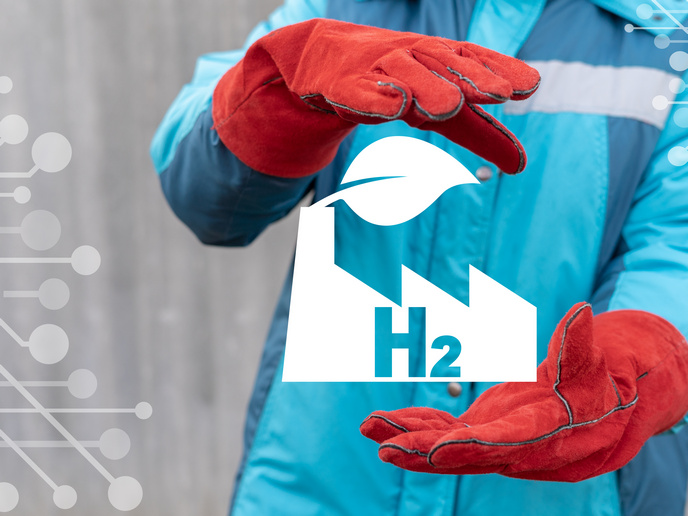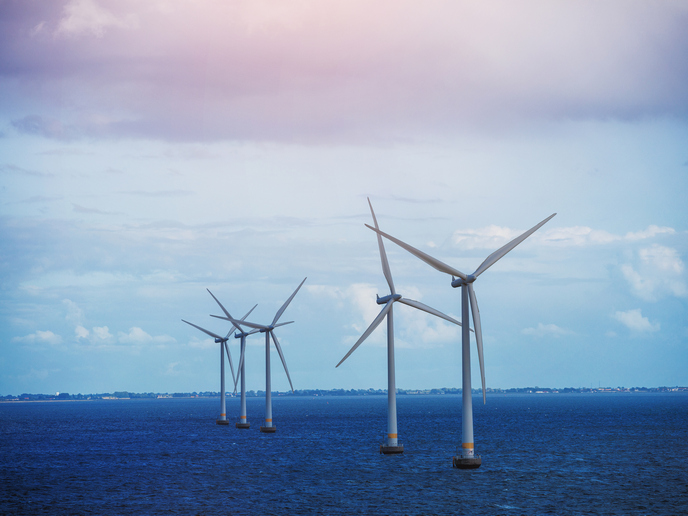A new generation of magnets
Magnets are key to many applications in the generation and control of energy. However, a new generation of permanent magnets is needed to fuel developments in wind turbine technologies, electric cars and space technologies. The project 'High performance nanostructure permanent magnets' (NANOPERMAG), funded by the EU, used a 'bottom-up' approach to develop a new class of anisotropic nanocomposite magnets with previously unattainable high-energy products. Project innovations hinged on making magnetically hard rare-earth intermetallic nanoparticles. Developments focused on Sm-Co, Nd-Fe-B and Sm-Fe-N nanoparticles measuring less than 150 nanometres (nm), and soft powders based on Fe(Co) nanoparticles in the range of 15–30 nm with high magnetisation. Fabrication techniques included sputtering, mechanochemical synthesis and surfactant-assisted milling. The project team modelled different architectures using micromagnetic calculations. Researchers optimised performance based on particle size and shape, geometrical arrangement of the hard and soft nanoparticles, and hard/soft structures with core/shell morphology. NANOPERMAG outcomes should lead to a radical advance in the state of the art in this field, spurring on the development of the next generation of permanent magnets. The project team estimates they will produce a two-fold increase in the (BH) max — the measurement for magnetic field strength — of up to 800 Kilojoule/cubic metre. This significant advancement has the potential to spur on developments in renewable energy and open up new areas in many other applications with widespread societal benefits.







